Curious about the tumultuous hurricane history in Worcester, MA? Over the years, this region has faced the wrath of powerful storms, leaving a trail of destruction in their wake.
From Hurricane Bob’s devastating impact in 1991, causing six deaths and billions in damages, to the fierce winds of Hurricane Gloria in 1985, claiming lives and causing significant financial losses, Worcester has seen its fair share of nature’s fury.
Despite being grazed by Hurricane Diane in 1955, Worcester was not spared from the havoc as it witnessed record-breaking rainfall and extensive damages.
These historical hurricanes have shaped Worcester’s resilience and preparedness for future natural disasters. Stay tuned to explore more about Worcester’s hurricane history and how the community has braved these catastrophic events.
7 Significant Hurricanes in Worcester, MA History
Worcester, Massachusetts, located in central New England, has experienced the effects of several significant hurricanes throughout its history.
Despite not being a coastal city, Worcester’s inland location has not spared it from the destructive power of these storms.
Here are some key hurricanes that have impacted Worcester:
The Great New England Hurricane of 1938
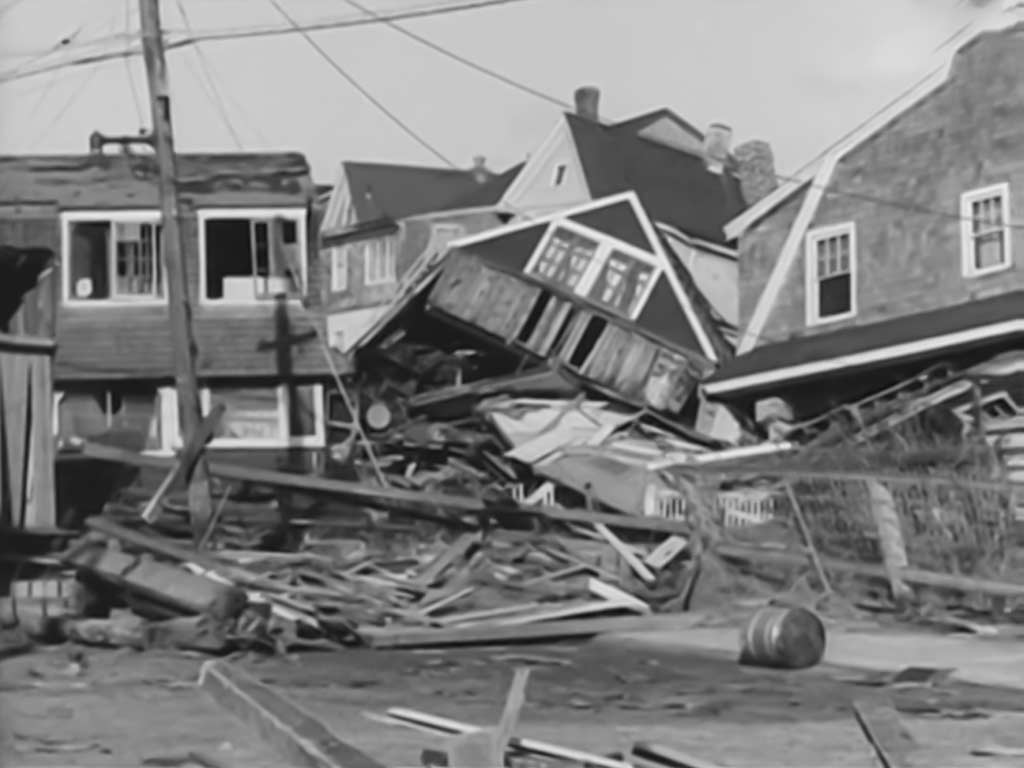
The Great New England Hurricane of 1938, a historic storm, significantly impacted Worcester, MA, and the entire region.
This devastating hurricane caused widespread destruction and unfortunately resulted in a high number of fatalities.
The storm’s impact on Worcester highlighted the city’s vulnerability to powerful hurricanes and the importance of disaster preparedness.
Hurricane Carol and Edna (1954)
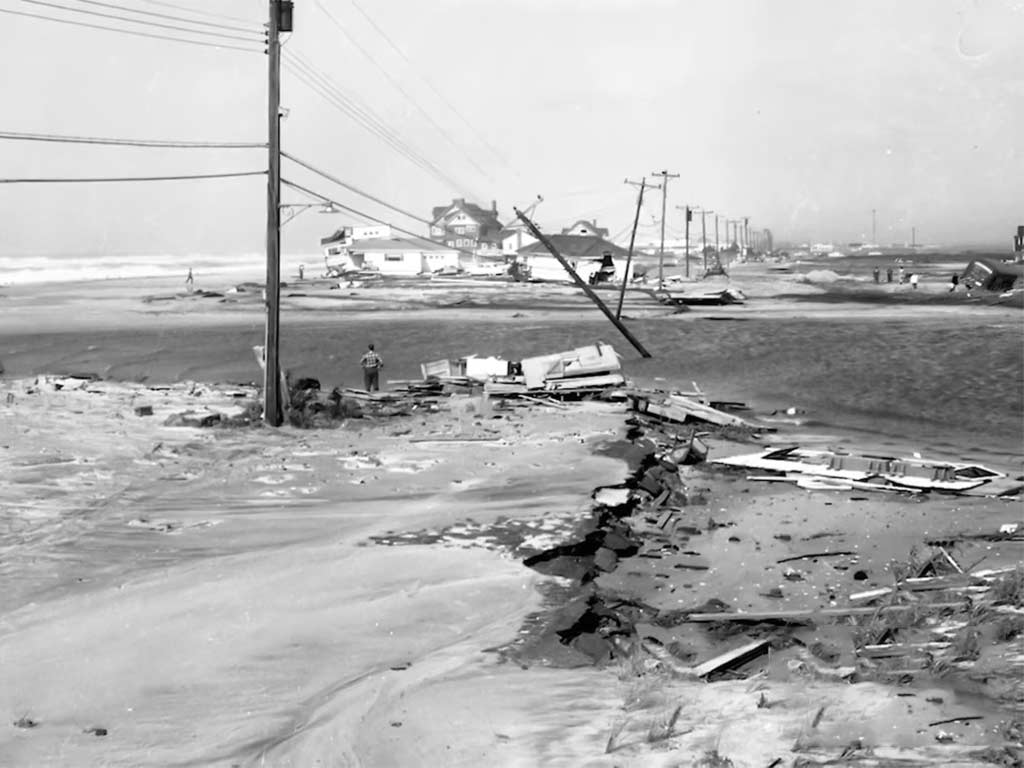
In 1954, Worcester experienced the wrath of Hurricane Carol and Hurricane Edna, two powerful storms that made landfall in the area.
These consecutive hurricanes brought strong winds and substantial damage to Worcester, underscoring the city’s susceptibility to tropical storms and hurricanes.
The impact of Hurricane Carol and Hurricane Edna in 1954 highlighted Worcester’s vulnerability to severe weather events, emphasizing the importance of preparedness and resilience in the face of future hurricanes.
Hurricanes Connie and Diane (1955)
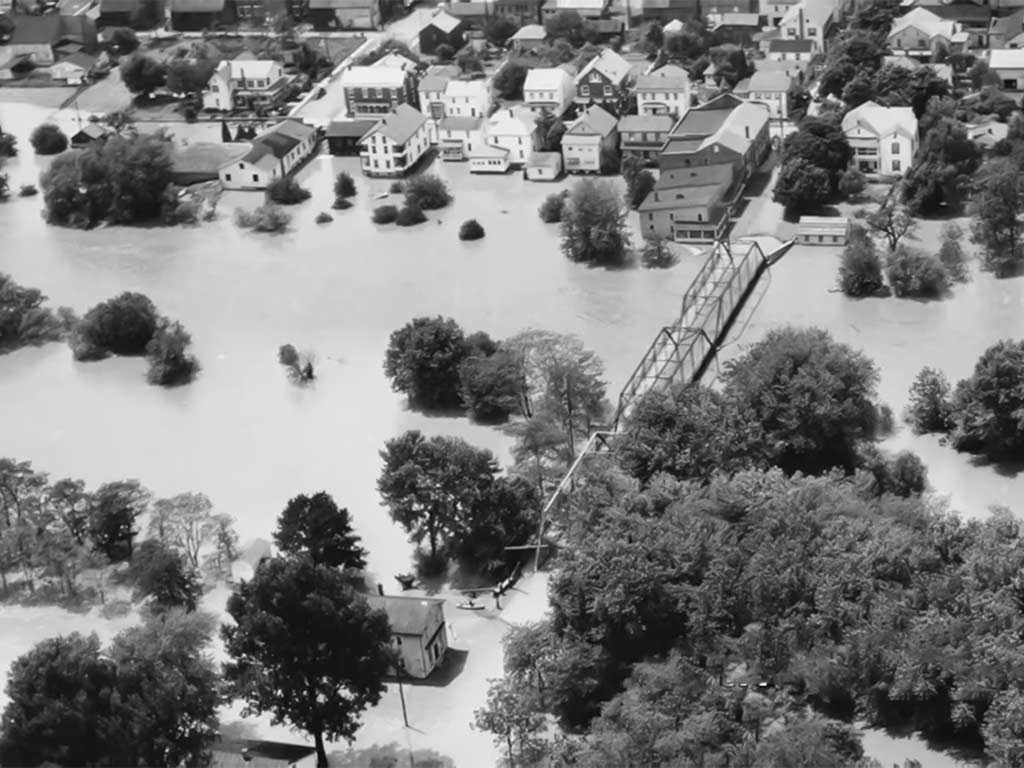
The back-to-back hurricanes of Connie and Diane in 1955 were particularly noteworthy for Worcester, as they brought heavy rainfall and flooding to the region.
Worcester faced significant challenges in dealing with the aftermath of these storms, highlighting the need for effective disaster response strategies in the face of multiple natural disasters.
The devastation caused by the hurricanes of Connie and Diane in 1955 underscored the importance of robust disaster response plans for Worcester.
The city’s resilience was put to the test, emphasizing the critical role of preparedness in mitigating the impact of such catastrophic events.
Hurricane Gloria (1985)
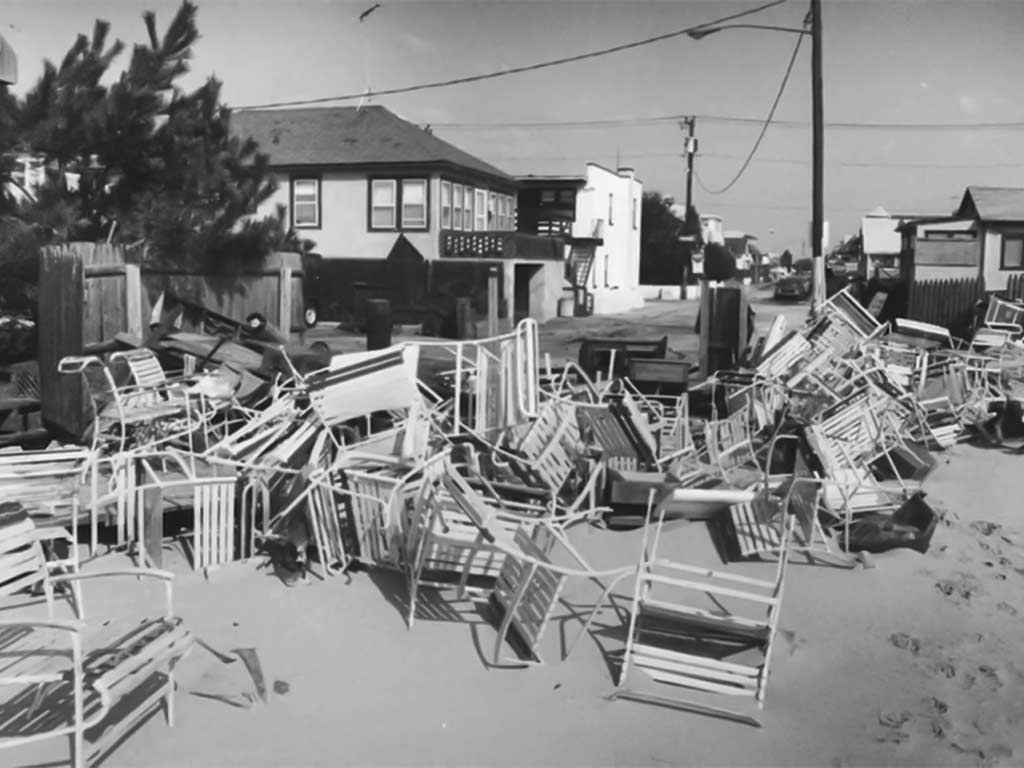
The impact of Hurricane Gloria in 1985 reverberated through Worcester, causing disruptions and damage across the city.
This powerful hurricane served as a reminder of Worcester’s exposure to coastal storms and the importance of proactive measures to mitigate risks associated with such events.
By learning from the aftermath of Hurricane Gloria in 1985, Worcester residents were able to understand the significance of preparedness and resilience against future coastal storms.
This event underscored the need for effective disaster planning and response strategies in the city.
Hurricane Bob (1991)
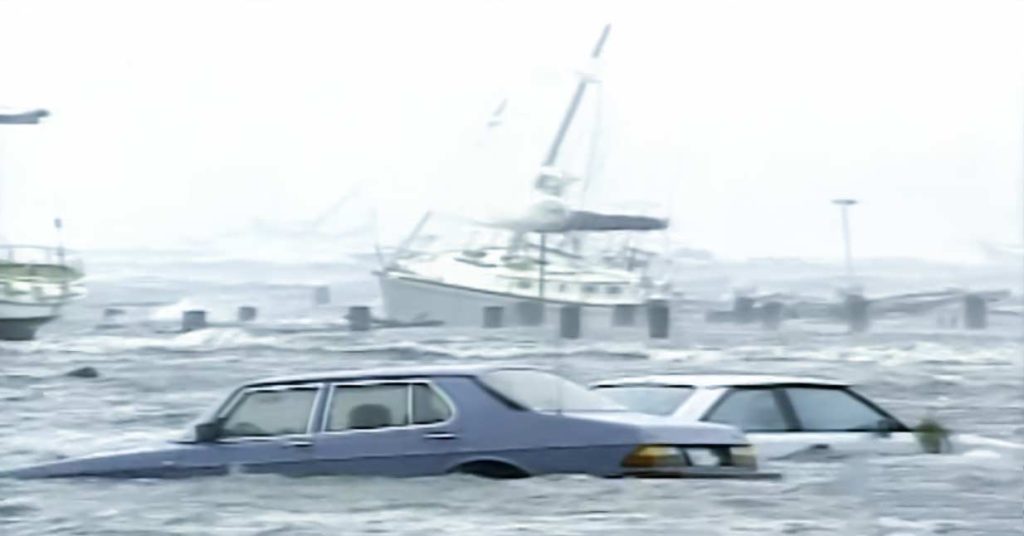
Hurricane Bob in 1991 made a lasting impression on Worcester, leaving behind a trail of destruction and devastation.
As one of the most impactful hurricanes in recent history, Hurricane Bob underscored the need for enhanced preparedness measures and reinforced Worcester’s resilience in the face of natural disasters.
The lessons learned from Hurricane Bob in 1991 continue to shape Worcester’s approach to disaster planning and response.
The city has since implemented stricter building codes and improved evacuation protocols to better protect its residents during future hurricanes.
Hurricane Irene (2011)
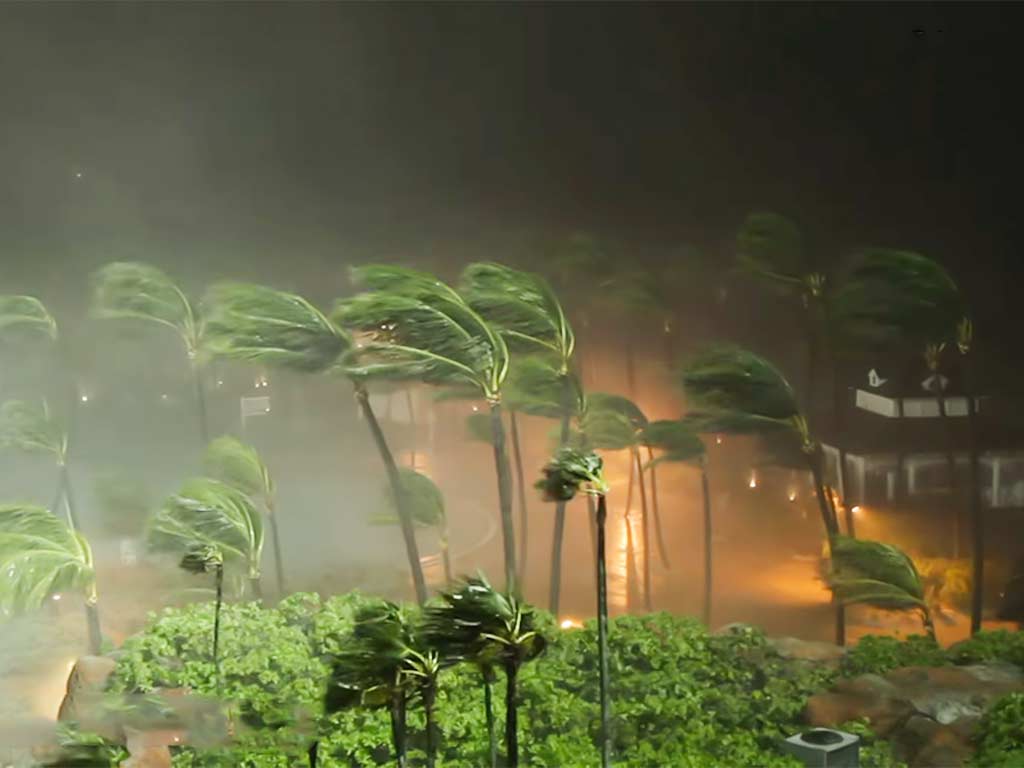
Even though Hurricane Irene in 2011 did not make a direct hit on Worcester, the city felt the effects of this powerful storm.
Worcester experienced heavy rainfall and potential flooding, showcasing the far-reaching impact of hurricanes on inland areas like Worcester and emphasizing the importance of comprehensive disaster planning.
It is crucial for residents and local authorities in Worcester to remain vigilant and prepared for future hurricane threats, considering the city’s vulnerability to heavy rainfall and flooding even without a direct hit from a storm.
Hurricane Sandy (2012)
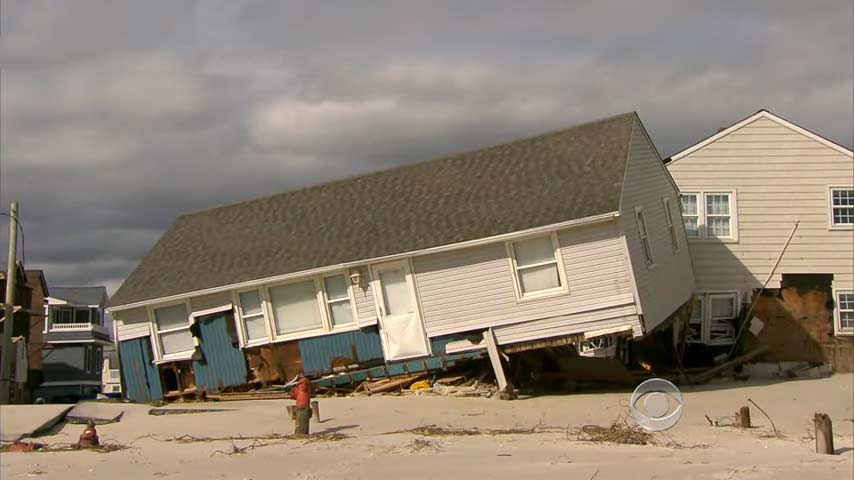
Hurricane Sandy in 2012, although primarily affecting coastal regions, also had implications for Worcester. The indirect effects of this superstorm were felt in Worcester, demonstrating the interconnected nature of weather phenomena and the need for robust emergency response mechanisms to address the fallout from major hurricanes.
Understanding the broader impact of hurricanes like Sandy highlights the importance of preparedness even in inland areas like Worcester.
It underscores the significance of comprehensive emergency plans that account for potential indirect consequences from such extreme weather events.
Impact of Hurricanes on Worcester
Hurricanes can have significant impacts on inland areas such as Worcester, Massachusetts, even though they are typically more associated with coastal regions.
Here are the key impacts of hurricanes on Worcester:
Economic Effects
Hurricanes have had profound economic effects on Worcester, MA over the years. For instance, Hurricane Bob, a Category 2 hurricane in 1991, caused an estimated $25 billion in damage in the Northeast region, with Worcester feeling the financial repercussions.
The devastation from Hurricane Bob resulted in significant economic losses, highlighting the financial vulnerability of the city to such natural disasters.
Environmental Changes
In addition to economic impacts, hurricanes have also brought about environmental changes in Worcester. Historical hurricanes like Diane in 1955, known for record-breaking rainfall, have altered the local landscape and ecosystems.
The deluge of rain from hurricanes can lead to flooding, soil erosion, and changes in vegetation patterns, affecting Worcester’s environmental sustainability and resilience.
These environmental changes underscore the importance of adapting to and mitigating the effects of hurricanes on Worcester’s ecosystem.
Frequently Asked Questions
What is the significance of historical hurricanes like Gloria and Bob for Worcester, MA?
Historical hurricanes like Gloria in 1985 and Bob in 1991 exposed Worcester’s vulnerability to storms, emphasizing the need for resilience and preparedness in the face of natural disasters.
These hurricanes highlighted the economic impacts on the city, with Hurricane Bob causing significant damage in the Northeast region.
How do hurricanes impact Worcester’s environment and landscape?
Hurricanes like Diane in 1955 have led to environmental changes in Worcester, altering the local landscape and ecosystems.
These storms emphasize the importance of adaptation and mitigation strategies for ensuring the sustainability of Worcester in the face of future hurricanes.
What is the Saffir-Simpson Hurricane Wind Scale and how is it relevant to Worcester?
The Saffir-Simpson Hurricane Wind Scale categorizes hurricanes based on wind speed and impact, providing valuable information for understanding the severity of storms like Gloria and Bob that have affected Worcester.
This scale helps authorities issue warnings and make informed decisions for public safety during hurricanes.
How are hurricanes tracked to forecast paths and intensity for Worcester?
Advanced technologies like satellites and radar systems are used to track hurricanes and forecast their paths and intensity, enabling experts to issue warnings and help authorities and residents in Worcester make informed decisions for public safety.
Jaclyn Lowe